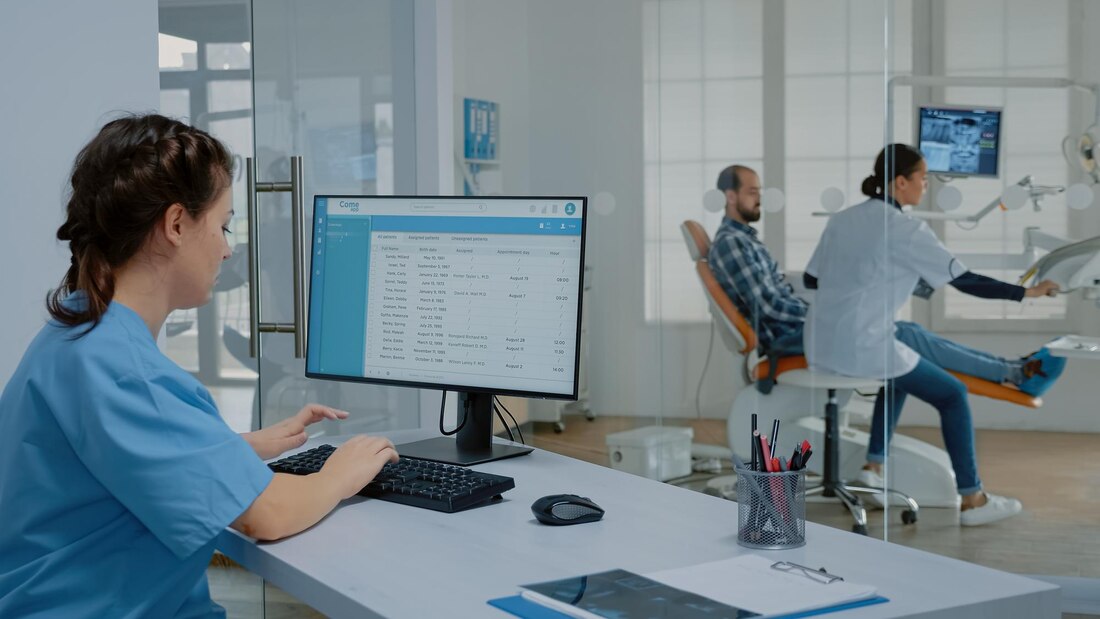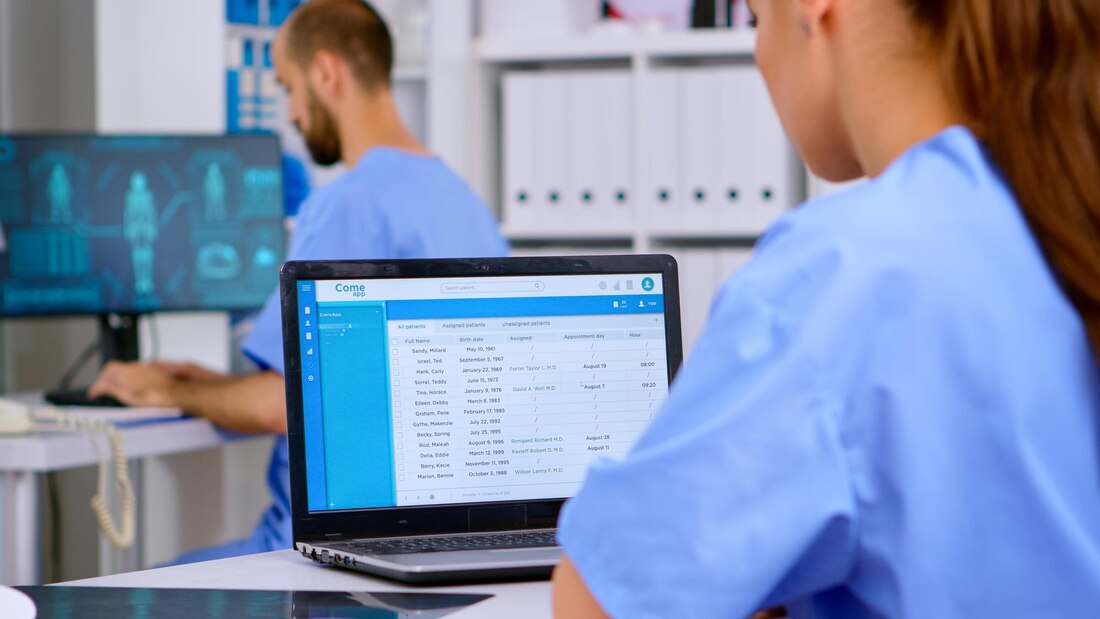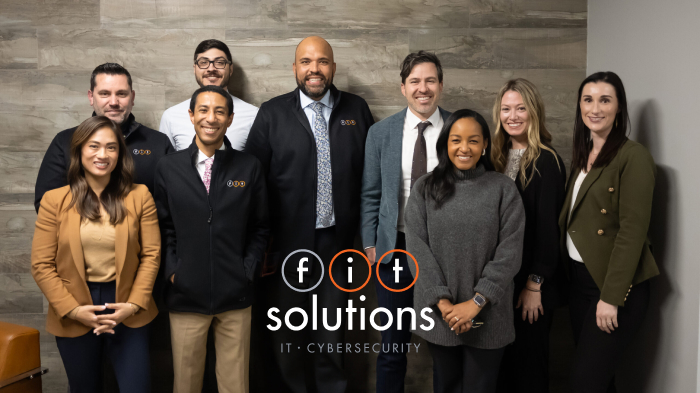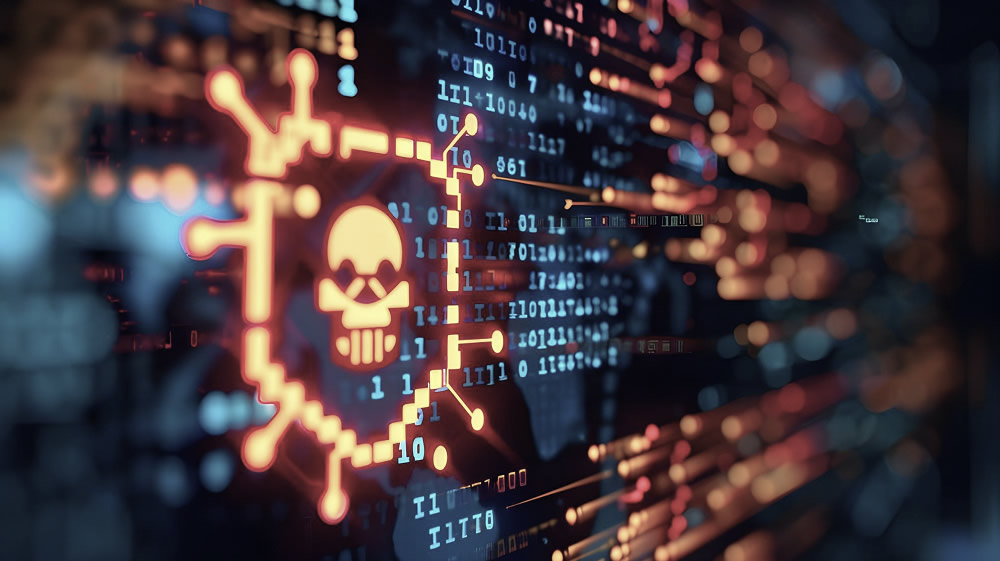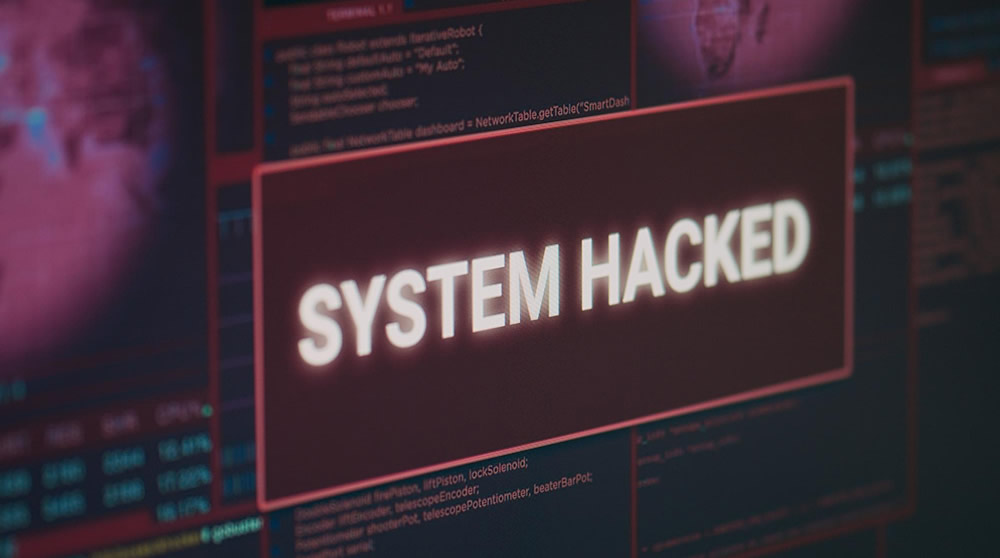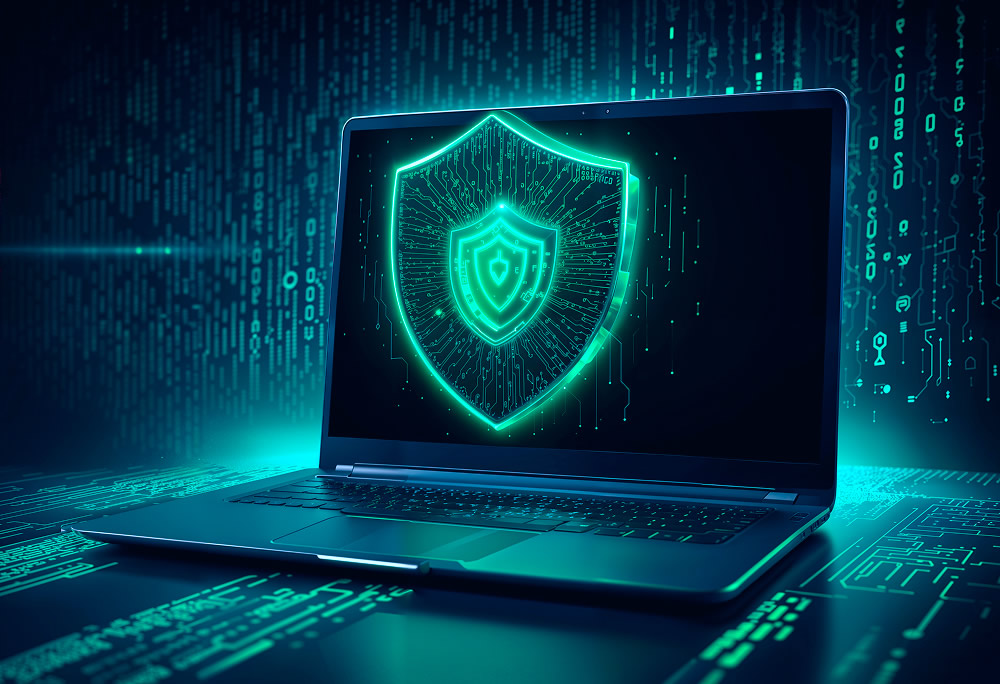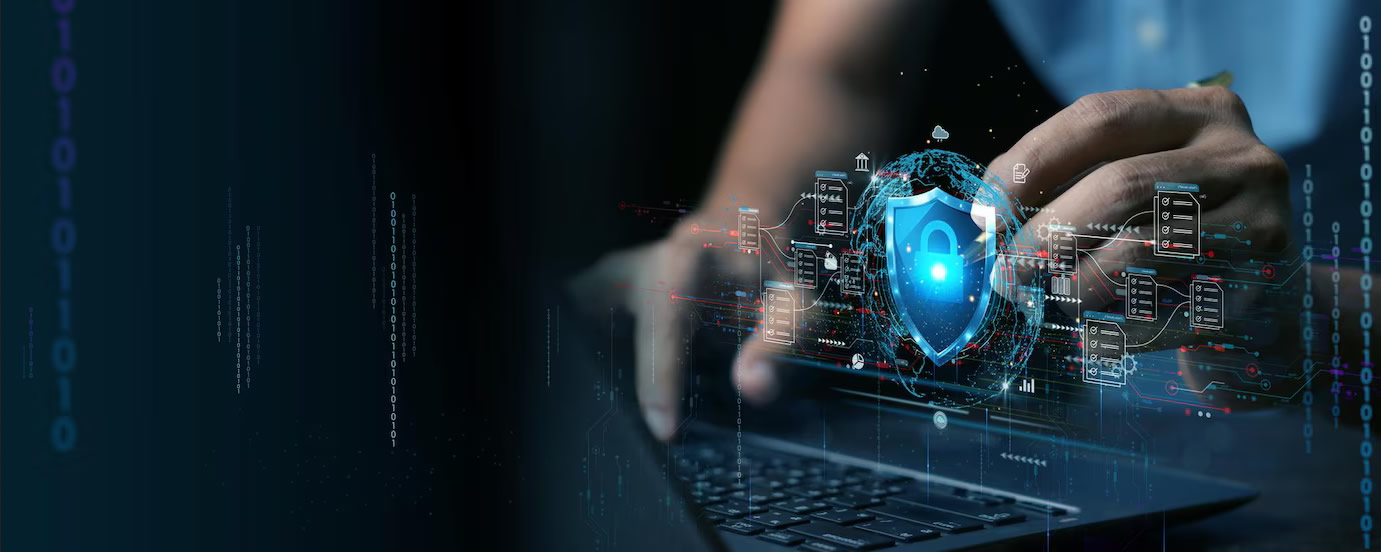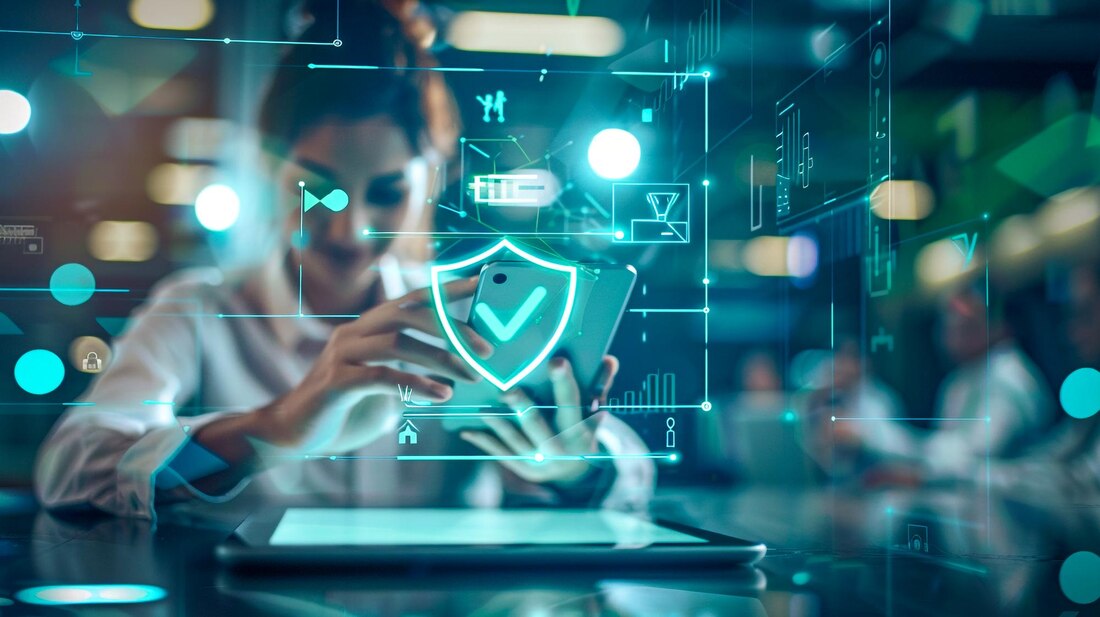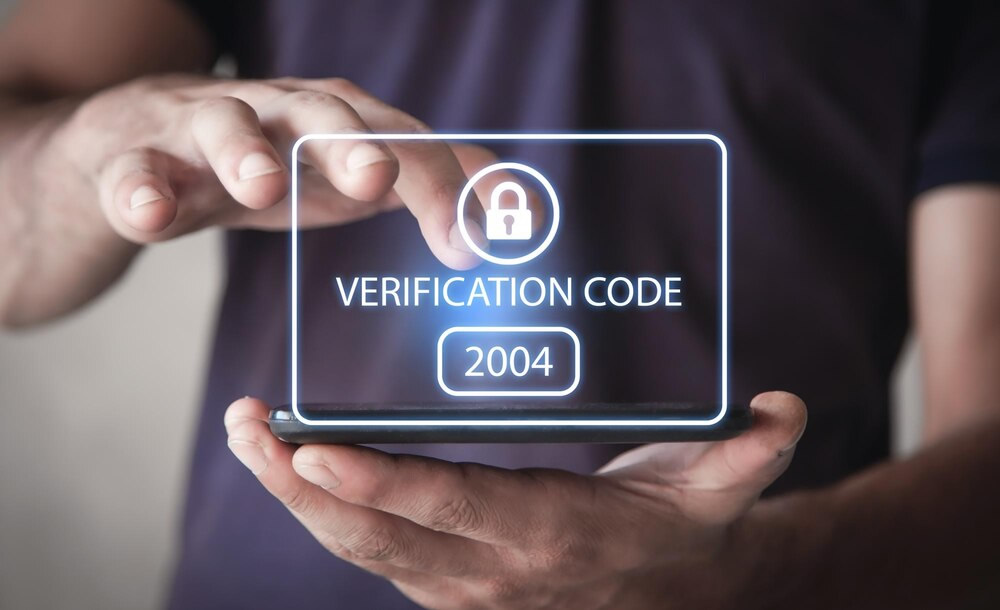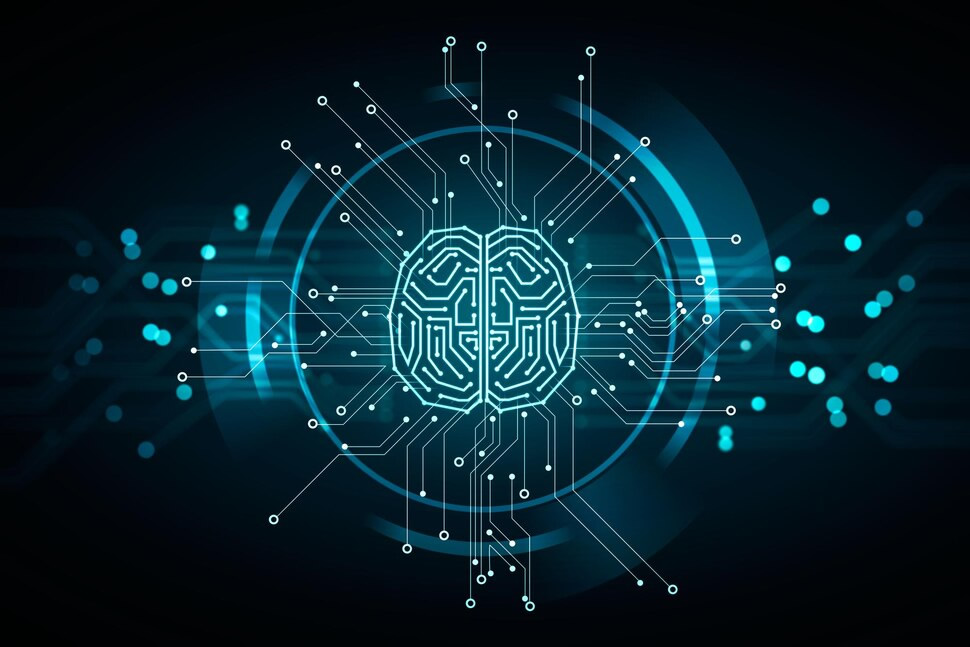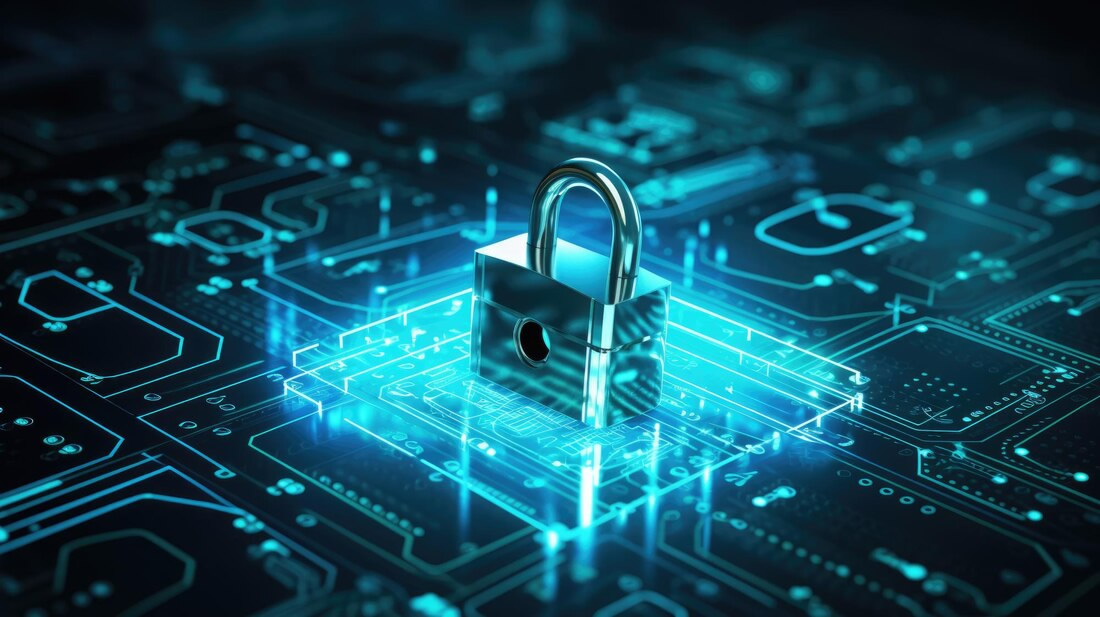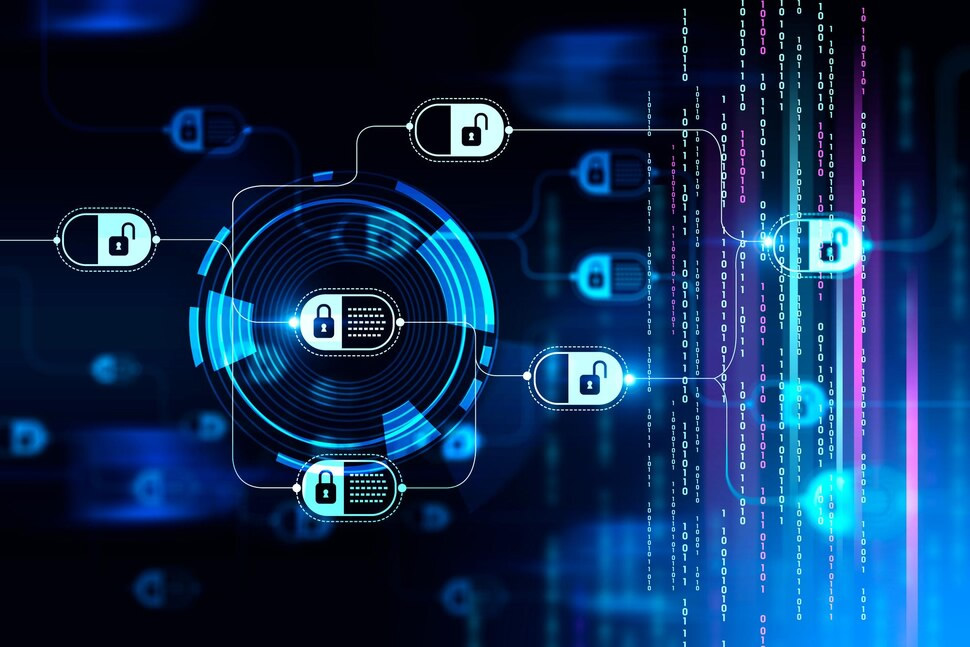As businesses continue to embrace digital transformation, the need to protect sensitive data, secure networks, and ensure the integrity of systems has grown exponentially. Cyber threats are evolving at a rapid pace, making it essential for organizations to implement robust IT security measures to safeguard their operations and maintain customer trust. Without these services, businesses risk facing devastating consequences, including financial losses, reputational damage, and legal repercussions.
This article aims to provide a comprehensive overview of IT security services, offering valuable insights into their significance, the various types, and how they can be effectively implemented within an organization. Whether you are a business owner, IT professional, or someone interested in understanding the intricacies of cybersecurity, this guide will equip you with the knowledge needed to navigate the complexities of IT security.
Throughout this article, we will explore the foundational aspects of IT security, including the different types of security measures, the key components of an IT security program, and the importance of having a well-structured security plan. We will also explore the role of IT security in protecting businesses, discuss common security concerns, and highlight the reasons why a strong IT security framework is vital for any organization. Finally, we will provide insights into choosing the right IT security services that align with your business needs and how these services can support your long-term success.
What is IT Security Services?
IT security services encompass a broad range of practices, technologies, and strategies designed to protect an organization’s digital assets from unauthorized access, attacks, and damage.
IT Security Services Components
IT security services are composed of various elements that work together to create a robust defense against cyber threats. These components include:
Network Security
Protects the infrastructure of an organization’s network, ensuring that data transmitted across it remains secure. This includes the use of firewalls, intrusion detection systems, and virtual private networks (VPNs).
Data Protection
Focuses on securing data from unauthorized access and breaches, both in storage and in transit. Techniques such as encryption, data masking, and access controls are commonly used.
Endpoint Security
Ensures that all devices connected to the network, such as computers, mobile devices, and servers, are protected from malware and unauthorized access. This involves using antivirus software, endpoint detection and response (EDR) systems, and regular patch management.
Application Security
Involves securing software applications to prevent vulnerabilities that could be exploited by attackers. This includes practices like secure coding, application firewalls, and routine security testing.
Identity and Access Management (IAM)
Manages who has access to resources within the organization, ensuring that only authorized users can access certain data or systems. This typically includes multi-factor authentication (MFA), role-based access controls, and identity verification procedures.
Incident Response
Provides strategies and procedures for responding to and managing security breaches or cyber-attacks. This includes identifying the attack, containing its impact, eradicating the threat, and recovering from the incident.
Compliance Management
Ensures that the organization’s IT security measures comply with relevant laws, regulations, and industry standards, such as GDPR, HIPAA, or ISO/IEC 27001.
What are the Four Types of IT Security?
Type 1: Network Security
Network security is a critical component of IT security that focuses on protecting the integrity, confidentiality, and accessibility of an organization’s network infrastructure. It involves implementing various technologies, processes, and policies designed to prevent unauthorized access, misuse, modification, or denial of a network and its resources.
Common network security measures include:
Firewalls
These act as barriers between trusted and untrusted networks, controlling incoming and outgoing network traffic based on predetermined security rules.
Virtual Private Networks (VPNs)
VPNs encrypt internet traffic, providing secure remote access to a network and protecting data from interception during transmission.
Intrusion Detection and Prevention Systems (IDPS)
These systems monitor network traffic for suspicious activities and can automatically take action to prevent or mitigate attacks.
Network Segmentation
This practice divides a network into smaller segments, each isolated from the others, to contain potential threats and prevent them from spreading across the entire network.
Type 2: Information Security
Information security (InfoSec) is the practice of protecting data from unauthorized access, disclosure, alteration, and destruction. It ensures that sensitive information remains confidential, accurate, and available only to those who have the appropriate permissions. Information security is relevant across all aspects of IT security, as data breaches and leaks can have devastating effects on an organization, leading to financial losses, legal consequences, and damage to reputation.
Common information security measures include:
Encryption
Encrypting data both at rest and in transit ensures that even if data is intercepted or accessed without authorization, it remains unreadable without the correct decryption keys.
Data Loss Prevention (DLP)
DLP tools help prevent the unauthorized sharing of sensitive data by monitoring and controlling the flow of information within and outside the organization.
Access Controls
Implementing strong access controls, such as role-based access control (RBAC) and multi-factor authentication (MFA), restricts access to sensitive information to authorized users only.
Backup and Recovery
Regularly backing up data and having a robust recovery plan in place ensures that information can be restored in the event of data loss or corruption.
Type 3: Endpoint Security
Endpoint security involves securing end-user devices, such as laptops, desktops, smartphones, and tablets, that connect to the organization’s network. These devices are often the most vulnerable entry points for cyber threats, as they can be easily targeted by malware, phishing attacks, and other malicious activities. Endpoint security is crucial because a compromised endpoint can serve as a gateway for attackers to gain access to the entire network.
Common endpoint security measures include:
Antivirus and Anti-malware Software
These tools detect and remove malicious software from devices, protecting them from viruses, ransomware, spyware, and other threats.
Endpoint Detection and Response (EDR)
EDR solutions provide continuous monitoring and analysis of endpoint activities to detect and respond to threats in real time.
Mobile Device Management (MDM)
MDM solutions allow organizations to enforce security policies on mobile devices, control app installations, and remotely wipe data if a device is lost or stolen.
Patch Management
Regularly updating and patching software on endpoints helps close security vulnerabilities that could be exploited by attackers.
Type 4: Cloud Security
Cloud security refers to the practices and technologies used to protect data, applications, and services that are hosted in the cloud. As more organizations migrate their operations to cloud platforms, ensuring the security of these environments has become increasingly important. Cloud security is crucial because it safeguards sensitive data stored in the cloud, ensures compliance with regulatory requirements, and protects against data breaches and other cyber threats.
Common cloud security measures include:
Data Encryption
Encrypting data stored and transmitted within cloud environments ensures that it remains secure, even if unauthorized access occurs.
Identity and Access Management (IAM)
IAM tools in the cloud help control who has access to resources and what they can do with them, using mechanisms like role-based access and multi-factor authentication.
Security Information and Event Management (SIEM)
SIEM solutions provide real-time monitoring and analysis of security events across cloud environments, helping detect and respond to potential threats.
Compliance Monitoring
Cloud security solutions often include tools to help organizations monitor their compliance with industry regulations and standards, such as GDPR, HIPAA, and SOC 2.
Cloud Service Provider Security Tools
Many cloud providers, like AWS, Azure, and Google Cloud, offer built-in security tools and services, such as firewalls, encryption services, and security monitoring, to help protect data and applications in the cloud.
What are the Three Basics of IT Security?
IT security is built upon three fundamental principles known as the CIA triad: Confidentiality, Integrity, and Availability. These principles serve as the foundation for creating robust security strategies that protect an organization’s data and systems from unauthorized access, corruption, and unavailability.
Confidentiality
Confidentiality is the principle of keeping sensitive information private and secure from unauthorized access. It ensures that data is only accessible to those who have the appropriate permissions and need to know the information. Maintaining confidentiality is crucial for protecting personal data, intellectual property, and other sensitive information from being exposed to malicious actors, competitors, or the general public.
Integrity
Integrity refers to the accuracy, consistency, and trustworthiness of data throughout its lifecycle. Ensuring integrity means that data has not been altered or tampered with by unauthorized individuals and that it remains accurate and consistent over time. Protecting data integrity is critical for maintaining trust in the information systems that businesses rely on for decision-making and operations.
Availability
Availability ensures that data and systems are accessible and operational when needed. This principle is essential for maintaining business continuity and ensuring that critical operations can proceed without interruption. Availability is particularly important for systems that require real-time access, such as financial services, healthcare, and online commerce.
What Does IT Security Include?
IT security is a comprehensive field that encompasses various measures designed to protect an organization’s digital assets, systems, and data from a wide range of threats. These measures work together to create a robust defense against unauthorized access, cyberattacks, and data breaches. Here’s an overview of the key components that IT security includes:
Physical Security
Physical security is the first line of defense in IT security, focusing on protecting the physical infrastructure that supports an organization’s digital operations. This includes securing data centers, server rooms, and other critical facilities from unauthorized access, theft, or damage.
Network Security
Network security is a critical aspect of IT security that involves protecting the integrity, confidentiality, and accessibility of an organization’s network. This includes safeguarding data as it moves across the network and preventing unauthorized access or attacks.
Application Security
Application security focuses on securing the software applications used by an organization from vulnerabilities that could be exploited by attackers. Since applications often serve as entry points for cyber threats, ensuring their security is vital.
Data Security
Data security is centered around protecting sensitive information from unauthorized access, disclosure, alteration, or destruction. Given the increasing value of data in today’s digital economy, securing it is a top priority for any organization.
Incident Response
Incident response is a crucial component of IT security, focusing on how an organization detects, responds to, and recovers from security incidents, such as data breaches, cyberattacks, or system failures. A well-defined incident response plan helps minimize the damage caused by an incident and ensures a swift recovery.
What is an IT Security Program?
An IT security program is a comprehensive and systematic approach to managing an organization’s information security. It encompasses all the policies, procedures, tools, and strategies that an organization uses to protect its digital assets, such as data, networks, applications, and systems, from various cyber threats. An IT security program is designed to identify, mitigate, and manage risks to ensure the confidentiality, integrity, and availability of an organization’s information.
A robust IT security program consists of several key components that work together to create a comprehensive defense against security threats. These components include:
Policies and Procedures
Documented policies and procedures form the backbone of an IT security program. They provide clear guidelines and rules for how information security is to be managed within the organization. These documents define the security standards, roles, and responsibilities of employees, as well as the processes to be followed to protect digital assets.
Training and Awareness
Training and awareness are essential components of an IT security program, as employees are often the first line of defense against cyber threats. Even the most advanced security measures can be undermined if employees are not aware of the risks or do not know how to recognize and respond to security threats.
Monitoring and Auditing
Monitoring and auditing are critical for ensuring that the IT security program is functioning effectively and that any potential threats are detected and addressed promptly.
- Continuous Monitoring: Involves the real-time tracking of network traffic, system activities, and user behavior to identify any unusual or suspicious activities. Tools like intrusion detection systems (IDS), security information and event management (SIEM) systems, and log management solutions are commonly used to monitor the IT environment.
- Regular Audits: Conducting regular security audits helps organizations assess the effectiveness of their security controls, identify vulnerabilities, and ensure compliance with policies and regulations. Audits may be performed internally or by external third parties to provide an objective evaluation of the overall security posture.
- Vulnerability Assessments: Regularly scanning systems and networks for vulnerabilities helps organizations identify and address potential weaknesses before they can be exploited by attackers.
Goals
The primary goals of an IT security program are to protect the organization’s digital assets, ensure business continuity, and maintain compliance with relevant regulations. These goals can be broken down into the following objectives:
- Confidentiality: Ensuring that sensitive information is accessible only to authorized individuals and is protected from unauthorized access or disclosure.
- Integrity: Maintaining the accuracy and consistency of data and systems, ensuring that information is not altered or tampered with in an unauthorized manner.
- Availability: Ensuring that data, applications, and systems are accessible when needed, minimizing downtime and ensuring business operations can continue without interruption.
- Risk Management: Identifying, assessing, and mitigating security risks to reduce the likelihood and impact of potential threats.
- Compliance: Meeting legal, regulatory, and industry requirements related to information security, ensuring that the organization adheres to the necessary standards and frameworks.
What is an IT Security Plan?
An IT security plan is a strategic document that outlines the specific measures and actions an organization will take to protect its IT infrastructure, data, and digital assets from cyber threats. It serves as a roadmap for implementing security policies, procedures, and controls to mitigate risks and ensure the security of the organization’s IT environment. The IT security plan is a critical component of an organization’s overall security program, providing clear guidance on how to achieve and maintain a strong security posture.
The role of an IT security plan within an organization is to ensure that all aspects of information security are systematically addressed, from identifying potential threats to implementing appropriate safeguards and responding to security incidents. It helps organizations align their security efforts with business objectives, regulatory requirements, and industry best practices.
What are the Main Categories of IT Security Concerns?
Data Breaches
Data breaches occur when unauthorized individuals gain access to sensitive information, leading to potential financial loss, reputational damage, and legal repercussions. High-profile examples include the Equifax breach, which exposed the personal data of over 147 million people, and the Marriott breach, affecting 500 million customers. The consequences of such breaches often include significant financial penalties, loss of customer trust, and costly remediation efforts.
Malware and Ransomware
Malware and ransomware are malicious software programs designed to disrupt, damage, or gain unauthorized access to systems. Ransomware, in particular, encrypts data and demands payment for its release. Notable incidents include the WannaCry attack, which impacted hundreds of thousands of computers worldwide. Protecting against these threats involves using robust antivirus software, regularly updating systems, and maintaining secure backups to restore data if needed.
Phishing and Social Engineering
Phishing and social engineering attacks trick individuals into divulging sensitive information, such as login credentials or financial details, by posing as trustworthy entities. These attacks are often conducted via email or phone. Prevention strategies include educating employees on recognizing phishing attempts, using email filtering tools, and implementing multi-factor authentication to add an extra layer of security.
Insider Threats
Insider threats arise from employees, contractors, or other trusted individuals who misuse their access to harm the organization, whether intentionally or accidentally. These threats can be particularly challenging to detect. Mitigation strategies include implementing strict access controls, monitoring user activity, and fostering a security-conscious culture through regular training and awareness programs.
Why is IT Security Important?
IT security is a critical aspect of modern business operations, safeguarding organizations from the significant risks associated with cyber threats. The importance of IT security can be understood through its impact on financial stability, reputation management, legal compliance, and operational efficiency.
Financial Impact
Weak IT security can lead to devastating financial consequences. Data breaches, ransomware attacks, and other cyber incidents can result in direct costs such as fines, legal fees, and the expense of repairing and restoring compromised systems. Additionally, organizations may face indirect costs, including loss of business due to damaged customer trust.
Reputation Management
A company’s reputation is one of its most valuable assets, and IT security failures can cause lasting damage. When a data breach occurs, customers may lose confidence in the organization’s ability to protect their personal information, leading to a loss of business.
Legal and Compliance Issues
The legal implications of failing to protect data can be severe, with organizations facing regulatory penalties, lawsuits, and loss of certifications.
Operational Efficiency
Good IT security practices are essential for ensuring the smooth operation of business processes. Cyberattacks can disrupt operations, leading to downtime, loss of productivity, and delays in service delivery.
Take Your IT to the Next Level with FIT Solutions.
Contact Us
Security Services That Fit Your Journey
In today’s dynamic business environment, one-size-fits-all IT security solutions are rarely sufficient. Every organization has unique needs, risks, and goals, making tailored IT security services essential for effective protection. By customizing security strategies to align with specific business requirements, companies can ensure that they are adequately protected against the threats most relevant to their operations, while also supporting their long-term objectives.
Tailored IT Security Solutions
Customized IT managed security services are critical for addressing the diverse challenges faced by different industries and business sizes. For instance, a small business may require a straightforward approach to protect its network and data, while a large enterprise may need a more complex solution that includes advanced threat detection, incident response, and regulatory compliance. By tailoring security measures to fit the specific context of a business, organizations can focus their resources on the areas where they are most needed, ensuring optimal protection and efficiency.
Choosing the Right IT Security Partner
Selecting the right IT security service provider is crucial for ensuring that your business receives the tailored solutions it needs. When evaluating potential partners, consider the following criteria:
- Expertise: Look for a provider with deep expertise in your industry and a proven track record of delivering successful security solutions.
- Flexibility: Choose a provider that offers adaptable managed services capable of scaling with your business as it grows or as your needs change.
- Customer-Centric Approach: A good provider will prioritize understanding your specific needs and will work closely with you to develop customized solutions.
- Proactive Support: Ensure that the provider offers ongoing support and monitoring to quickly address any emerging threats or changes in your security landscape.
FIT Solutions stands out as a trusted IT security specialists that prioritize customer-centric, adaptive solutions. With a deep understanding of the challenges faced by businesses across various industries, FIT Solutions offers tailored cybersecurity services that align with your unique journey. Whether you are a small business looking for foundational security measures or a large enterprise needing complex, multi-layered protection, FIT Solutions has the expertise and flexibility to deliver the right solution for you. Their proactive approach ensures that your security strategy evolves as your business grows and as new threats emerge.
Whether your focus is healthcare IT, enterprise IT, or cloud services, our team of certified professionals is committed to ensuring your IT infrastructure services are robust, secure, and perfectly aligned with your business goals. Don’t let IT challenges slow you down. Reach out to FIT Solutions today to find out how our services can transform your business operations. Let us help you achieve your technology goals with ease and efficiency.
Contact us now and let’s get started!
Are you experiencing a breach right now?
Contact Us









